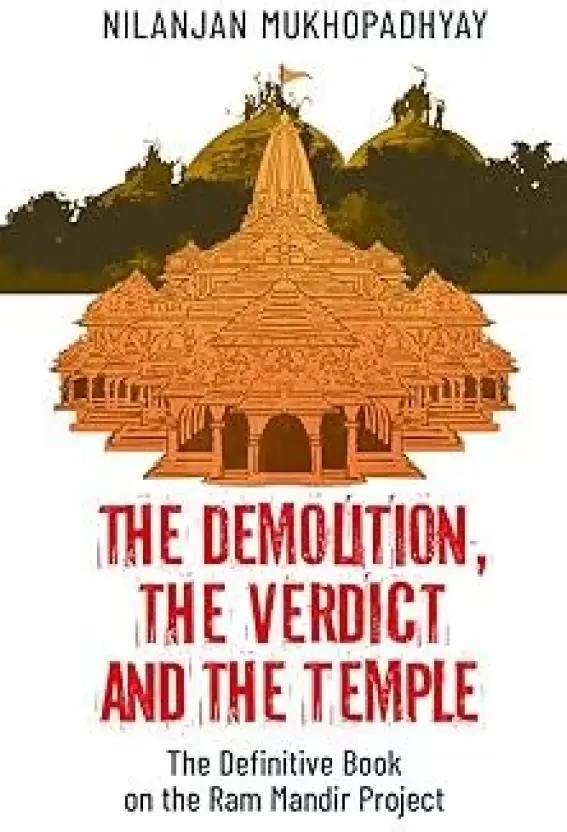The issue that has been at the epicenter of Indian politics since the mid1980s achieved apparent resolution on 9 November 2019 when a 5member bench of the Supreme Court in a unanimous verdict gave the ownership of the 2.77 acres of disputed land to the Ram Janmabhoomi Trust, allowing it to build a temple on the site.
Acting on the apex court’s ruling, the Trust lost no time in starting construction of the temple on a war footing. The magnitude of every project Modi has undertaken since 2014 has been aimed at inspiring awe in the minds of people, be it the Statue of Unity, the Central Vista or the new Parliament building. But the Ram temple goes beyond all of them in ambition: it is to be a temple that must stand for the next 1,000 years; pictures of the temple model show a sprawling building whose multiple storeys culminate in an intricately carved pinnacle. Paving the way to its inauguration, an impressive infrastructure has been put in place: the Maryada Purushottam Shriram International Airport is scheduled to begin domestic operations in January and plans are underfoot to set up a 500acre modern subcity called ‘Navya Ayodhya’.
In an earlier edition of this book, Nilanjan Mukhopadhyay looked at the key moments in the Ram Janmabhoomi agitation, from 1885 onward, through the events of 1949, Rajiv Gandhi’s ‘unlocking of the gates’ in 1986, L.K. Advani’s Rath Yatra in 1990 and the demolition of the masjid in 1992.
In The Demolition, the Verdict and the Temple, Mukhopadhyay deliberates whether the opening of the Ram Mandir will really be the ‘Epilogue’—or a new chapter in the Ayodhya saga. It is not mere coincidence that the temple will be ‘unveiled’ on 22 January, three days before India’s 75th Republic Day, and just a few months prior to the eighteenth Lok Sabha elections. As Mukhopadhyay succinctly puts it, the BJP has always used Hindutva as a ‘fallback plan’.
The question remains: after the Ram temple fulfils the religious aspirations of hundreds of millions, how many in the country, especially those who wield political power, will remain mindful of the sensitivities of those who do not belong to dominant communities?




